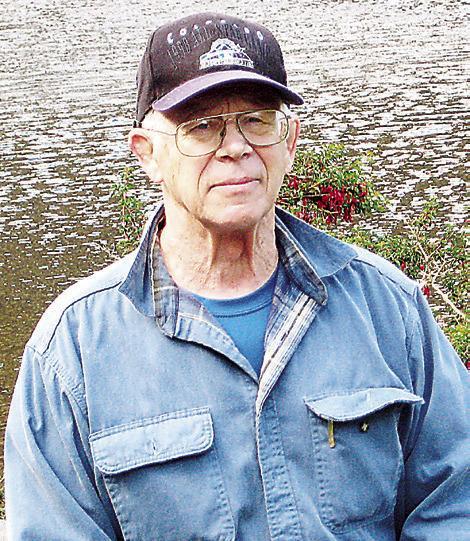
Moe Johnson Running with Moe
Why Lead Bikes are important in marathon races
One question that comes up for race organizers is the need for a lead bike. Some feel that if they put out direction arrows and have a person stand at critical turns that the need for a lead bike is not necessary. And in many cases this may work. Over the years I have seen a number of problems with both a lead bike and using only direction arrows. Runners tend to get into the spirit of the race and focus on running and are not bothered by distractions.
One duathlon I helped organize had a bike portion out on county roads. I put large painted arrows on the road showing that about 30 yards ahead the course made a right turn. I put a sign with an arrow pointing to the right about 20 yards ahead of the turn. I stationed a person standing at the turn pointing that the course turned to the right. The bike came pedaling down the road and despite the painted arrows, the red direction arrow sign, and a person waving his arms and yelling to turn, the biker went whizzing by him, completely missing the turn.
I have been a lead bike for many races and used a small rear view mirror attached to my sunglasses to see the lead runner behind me. I tried to stay about 15 – 20 yards in front of the lead runner so that the runner could see me. It worked well for me. I have had lead bikes get about a quarter mile ahead of the runner. The distance did not work out as when the bike made a right turn on the road ahead the lead runner did not see the bike turn and continued to run straight. One race I entered had the person that was supposed to mark the course with direction arrows was late. At a critical ‘Y’ in the road he arrived in time for the group of runners behind the lead runners to signify the course took the road to the left. The lead runners had already passed this point and ran to the right. At the finish runners were coming in from both sides of the finish line. It was a little confusing to be crossing the finish line and seeing other runners coming at you from the other direction.
The course can also play a role in having a lead bike. We have a few courses where there are steep hills on the course and it is easier for runners to run up a steep hill than for a bike rider to pedal up the hill. When the bike lead knows about the steep hill it is essential to get a bigger lead to stay ahead of the runners. I was leading one race and almost came to a complete stop near the top of the hill and fortunately the lead runners were also at a very slow pace so that I managed to stay in front of them.
It is essential that the bike lead knows the course. Verbal instructions are good but can be misleading. One race I gave instructions that after you see the two mile mark the road will turn left. The problem was there was a small dead end road just before the main road and that is the road the lead bike took. About a mile down the road it came to a stop and the runners had to turn around to get back on course. That race got written up in the magazine Runner’s World about the wrong turn. A race in San Antonio that I was hoping to break the 40 minute mark had a police car lead the race. The lead car went straight instead of turning at a critical point. As I approached the 38 minute mark I saw what I thought was the six mile timer. I figured I can run that quarter mile in two minutes easily. My first glance thought that was the longest quarter mile I had ever seen. Forty minutes came and went along with another seven minutes before another timer came into view. It turned out the wrong turn made the 10K (6.2 miles) into a little over eight miles long. My 40 minute race had to try again at another race.
I was the lead bike for one race that was an out and back course. At the turn around point there was no indication that this was the point to head back. When I asked the aid station workers if this was the turn-around they just shrugged their shoulders so I continued pedaling thinking I would see something that would indicate to turn around. Aid station workers yelled at the runners to turn around. On the way back they had a marker in the road for the turn-around which didn’t help me.
It is the “small details” of putting on a race that, if they are not followed, can lead to some strange results for a race at the finish. Going over the course with the lead bike versus verbal instructions is one of those small details. A lead bike, direction arrows and people pointing directions are important but do not always work with a runner lost in their “zone”. You just do the best you can and hope it works.











